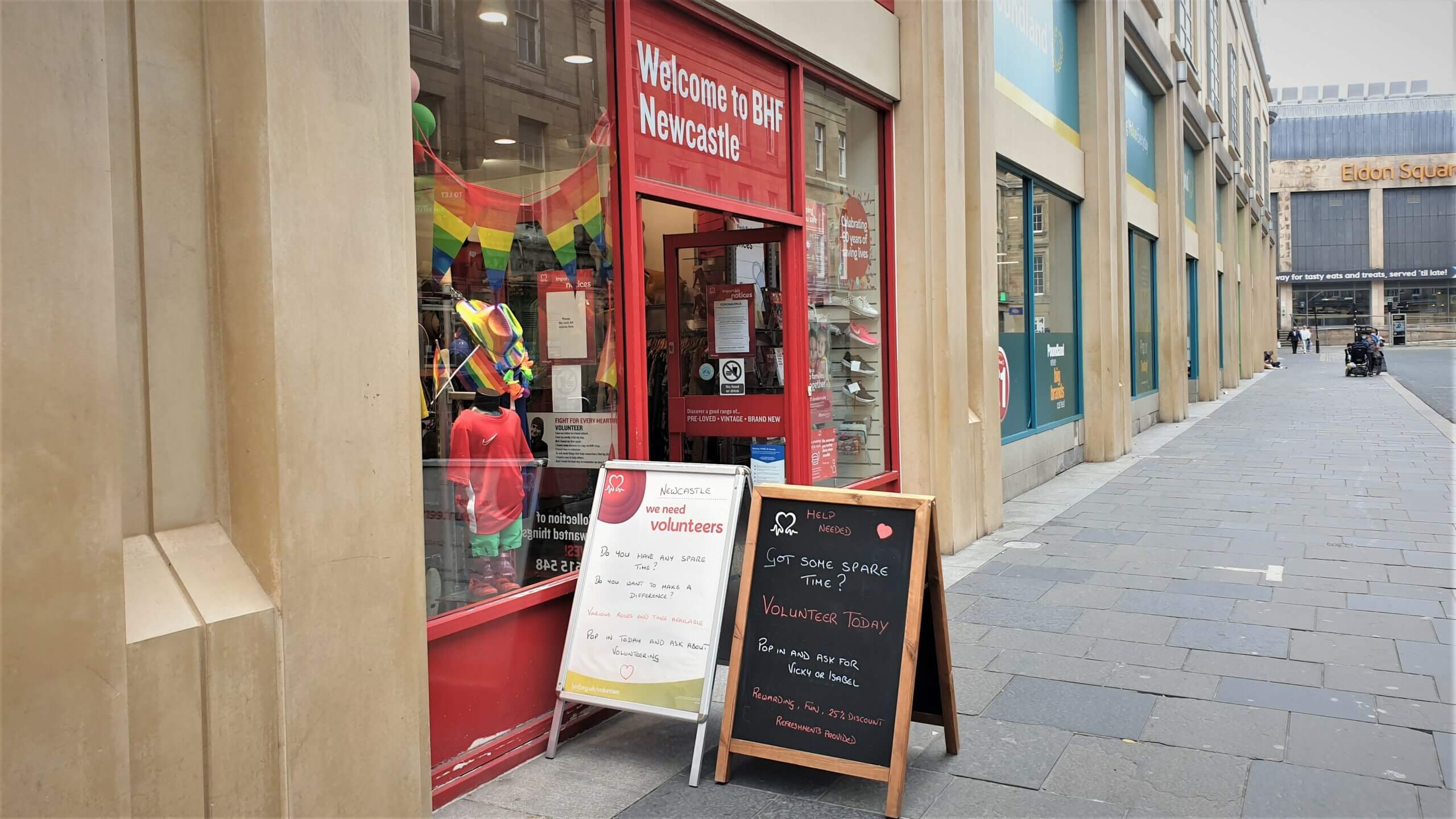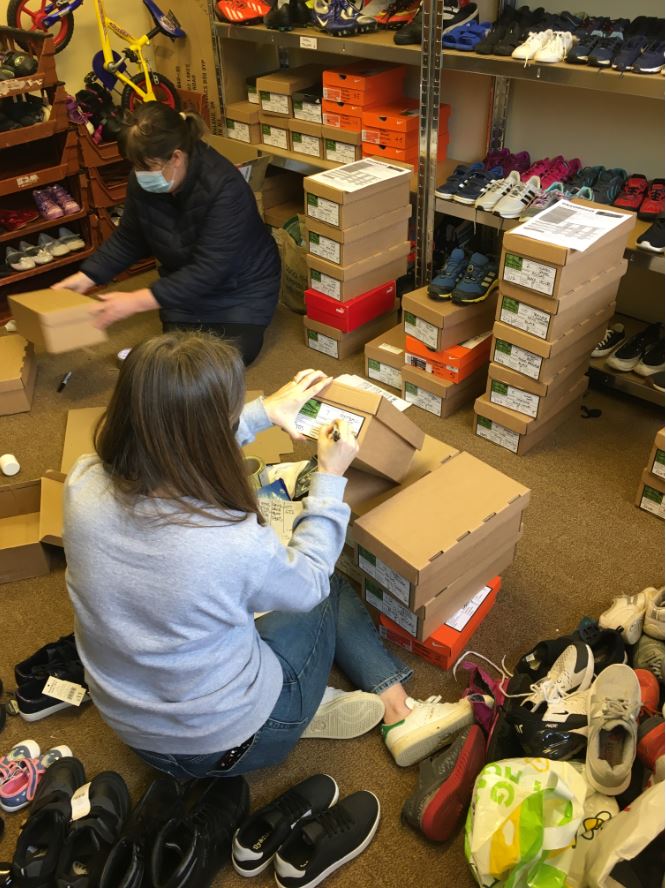Once a common sight to UK gardens, hedgerows and parks, hedgehogs are now under threat as sighting numbers continue to fall.
The common lovable animals have been declining in number over recent years and has led experts to wonder why this is happening.
Mick Reavey, Secretary of the hedgehog rescue organisation, Prickly Pals, located in Sunderland said: “Habitat loss and hedgerow destruction, in part due to intensification of farming practises would also be a likely contributor” to the decline of hedgehog numbers.
“Raising awareness of the difficulties hedgehogs are facing in Britain is vitally important if we are to reverse the decline.” The organisation deals on average each year with around 100 sick, injured or orphaned hedgehogs.
“I feel pretty confident when I say that human interference must shoulder a large proportion of the blame for the dwindling numbers of this iconic species.”
Celia Gibb, a member of the British Hedgehog Preservation Society, said: “The biggest factor in hedgehog decline is the fragmentation of their habitat.”
Celia continued, saying: “In rural areas and hedges which they live under and travel along have been removed so that there are fewer areas for them to live. In urban areas, gardens have been enclosed and roads built, with traffic increasing; this means that hedgehogs are restricted to areas that are too small to support a viable population.”
The People’s Trust for Endangered Species along with the British Hedgehog Preservation Society’s report from 2015 stated that one of the reasons for hedgehogs becoming rarer* was due to “much arable farmland is poor quality for hedgehogs, with few foraging or nesting sites.”
Adela Cragg, a spokesperson for organisation, the People’s Trust for Endangered Species stated: “Tidy fenced-in gardens in urban and suburban locations are just some of the threats contributing to the demise of hedgehogs.”
So, what are the ways to look after hedgehogs if sighted?
Well, according to Celia Gibb of The British Hedgehog Preservation Society stated: “The best thing people can do is to make a CD case sized hole in the bottom of their fences to allow hedgehogs access. Leaving areas of gardens wild, with log piles and dead leaves, and avoiding using pesticides is helpful to many kinds of wildlife including hedgehogs”
“If people see hedgehogs after dark in their gardens, they could offer meaty cat or dog food and water, which will supplement the hedgehogs’ natural food.”
However, if a hedgehog is seen during the day and is wobbling as it walks, it is recommended to contact an organisation such as: the British Preservation Society or Prickly Pals here in the North East, particularly if the hedgehog looks like it needs assistance or needs to be rescued.
Hopefully, numbers do not continue to decline, click this link to see the number of hedgehogs in your area: www.bighedgehogmap.org




A prickly but well written article, these lovely small animals certainly need a champion!